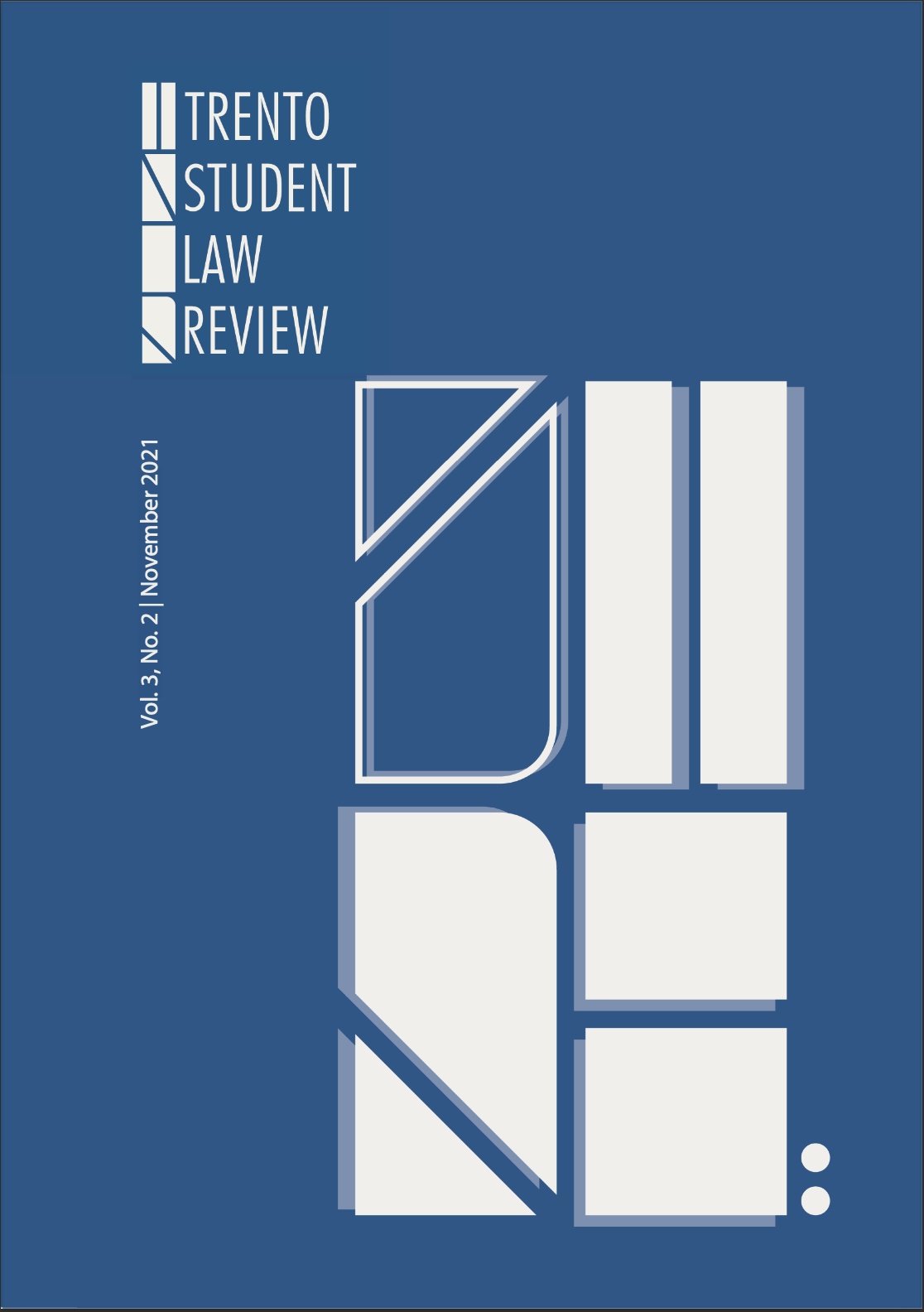The Heir to All the Ages: The Past, Present, and Future of Double Jeopardy
DOI:
https://doi.org/10.15168/tslr.v3i2.1765Abstract
The legal doctrine of double jeopardy is one of the most august and long‐standing principles in criminal procedure, yet the Magna Carta, the intellectual pantheon of liberties in western legal consciousness, no‐ ticeably does not mention the principle. This comparative examination of the history of double jeopardy shows that, while the doctrine arose in foreign legal traditions, it came – via medieval canon law – to influen‐ ce the development of Common Law. This was manifested in the 12th century struggle for power between King Henry II (the progenitor of a law common throughout the English realm) and Thomas à Becket, the Archbishop of Canterbury, who in defending his clergy appealed to ca‐ non law, which included a prohibition on trying a man twice for the same offense. In contrast with most other legal traditions, even its Continental counterpart which arose within the same Western tradition, the Com‐ mon Law developed a particularly unique interpretation of this doctrine. In the United States, this exceptional understanding was exhibited by the societal reverence for verdicts, particularly acquittals pronounced by a jury. These became, similar to ancient Roman law, so sacrosanct that judges could not overturn them, no matter how erroneous they may have been. More importantly, the state became unable to appeal an acquit‐ tal, despite some protestations to the contrary. In the 21st century, this doctrine has been modified by common law countries, including the United Kingdom, while the legal kulturkampf within the western tradi‐ tion found its greatest apogee in the Amanda Knox saga. U.S. criminal procedure should reform this doctrine in extraordinary situations – for victims, society, and the rule of law.
Downloads
Published
How to Cite
Issue
Section
License
Copyright (c) 2021 Isaac Amon

This work is licensed under a Creative Commons Attribution-NonCommercial-ShareAlike 4.0 International License.
The copyright on the texts published in the Trento Student Law Review remains with the respective owners. The journal allows authors to retain publishing rights without restrictions.
The Trento Student Law Review is distributed under a Creative Commons license Attribution - Noncommercial - Share-alike 4.0 International (CC BY-NC-SA 4.0).





